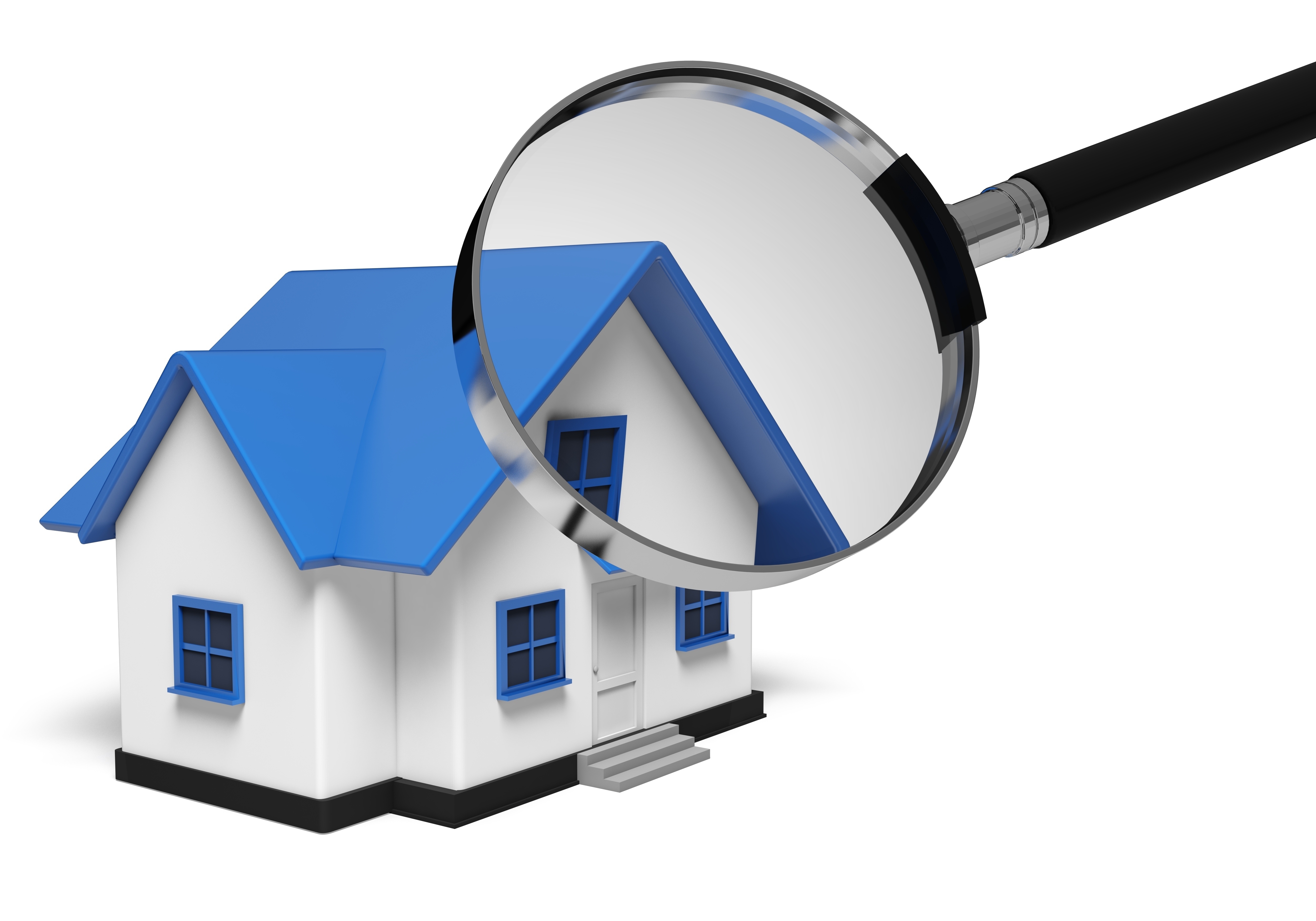
An Overview of the Appraisal ProcessBuying real estate is the largest transaction many of us might ever consider. It doesn't matter if where you raise your family, an additional vacation home or an investment, the purchase of real property is a detailed financial transaction that requires multiple parties to see it through. You're probably familiar with the parties having a role in the transaction. The most recognizable entity in the exchange is the real estate agent. Next, the mortgage company provides the financial capital needed to bankroll the transaction. And ensuring all details of the sale are completed and that the title is clear to transfer to the buyer from the seller is the title company. So, who makes sure the value of the property is in line with the amount being paid? This is where the appraiser comes in. We provide an unbiased estimate of what a buyer might expect to pay — or a seller receive — for a parcel of real estate, where both buyer and seller are informed parties. A licensed, certified, professional appraiser from Appraisals by Kana will ensure, you as an interested party, are informed. Inspecting the subject propertyOur first task at Appraisals by Kana is to inspect the property to determine its true status. We must see features first hand, such as the number of bedrooms and bathrooms, the location, amenities, etc., to ensure they really are there and are in the condition a typical buyer would expect them to be. To make sure the stated size of the property is accurate and illustrate the layout of the property, the inspection often includes creating a sketch of the floorplan. Most importantly, the appraiser looks for any obvious features - or defects - that would have an impact on the value of the property. Next, after the inspection, we use two or three approaches to determining the value of the property: paired sales analysis and, in the case of a rental property, an income approach. 
Cost ApproachHere, we gather information on local building costs, the cost of labor and other elements to derive how much it would cost to build a property similar to the one being appraised. This figure commonly sets the maximum on what a property would sell for. The cost approach is also the least used method. 
Paired Sales AnalysisAppraisers get to know the neighborhoods in which they work. They innately understand the value of certain features to the homeowners of that area. Then, the appraiser researches recent sales in the neighborhood and finds properties which are 'comparable' to the home being appraised. Using knowledge of the value of certain items such as remodeled rooms, types of flooring, energy efficient items, patios and porches, or additional storage space, we add or subtract from each comparable's sales price so that they are more accurately in line with the features of subject property.
An opinion of what the subject might sell for can only be determined once all differences between the comps and the subject have been evaluated. When it comes to putting a value on features of homes in Lafayette and Lafayette, Appraisals by Kana is your local authority. The sales comparison approach to value is usually awarded the most weight when an appraisal is for a home purchase. Valuation Using the Income ApproachA third way of valuing a house is sometimes applied when a neighborhood has a reasonable number of rental properties. In this situation, the amount of income the property generates is taken into consideration along with other rents in the area for comparable properties to give an indicator of the current value. Putting It All TogetherCombining information from all approaches, the appraiser is then ready to put down an estimated market value for the property at hand. It is important to note that while this amount is probably the strongest indication of what a house is worth, it probably will not be the price at which the property closes. There are always mitigating factors such as the seller's desire to get out of the property, urgency or 'bidding wars' that may adjust an offer or listing price up or down. But the appraised value is typically used as a guideline for lenders who don't want to loan a buyer more money than the property is actually worth. It all comes down to this, an appraiser from Appraisals by Kana will guarantee you get the most fair and balanced property value, so you can make wise real estate decisions. |